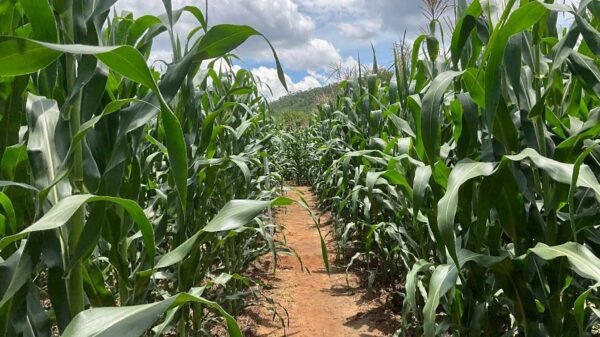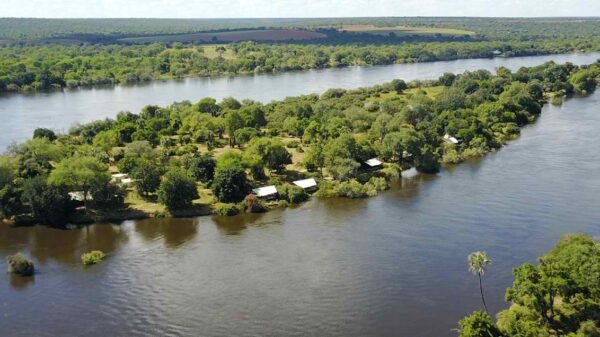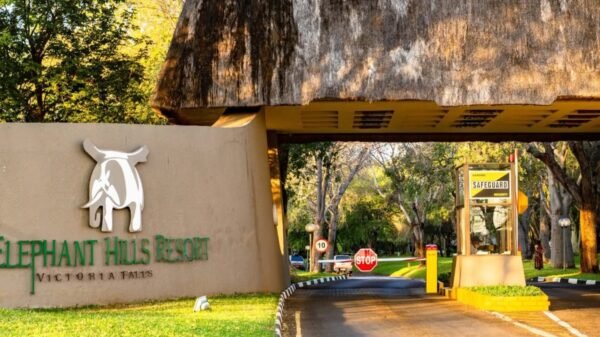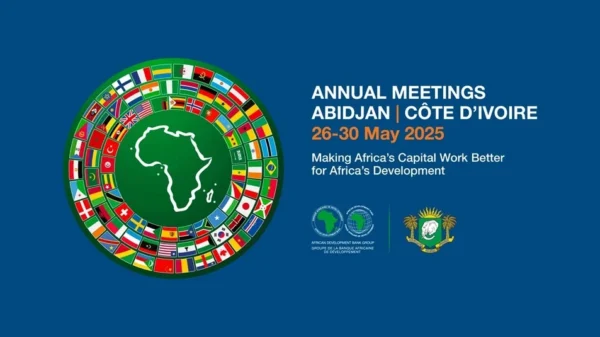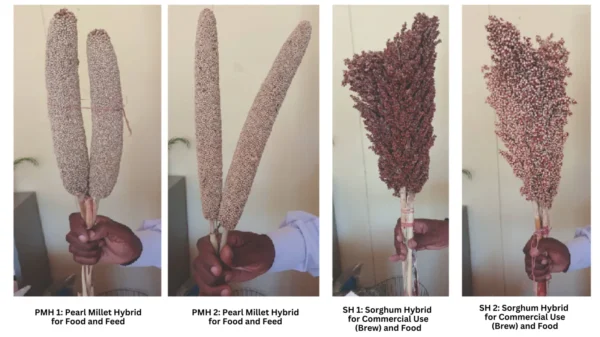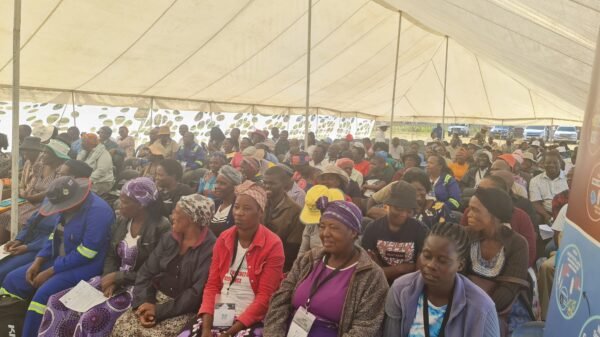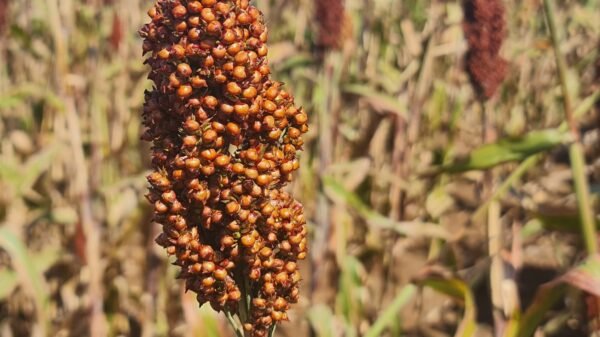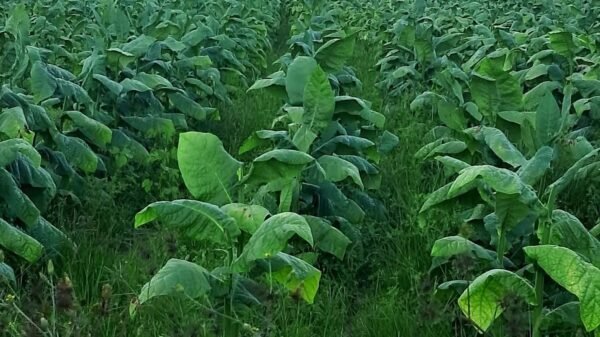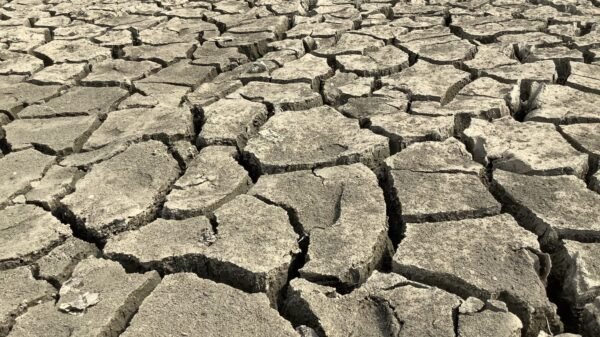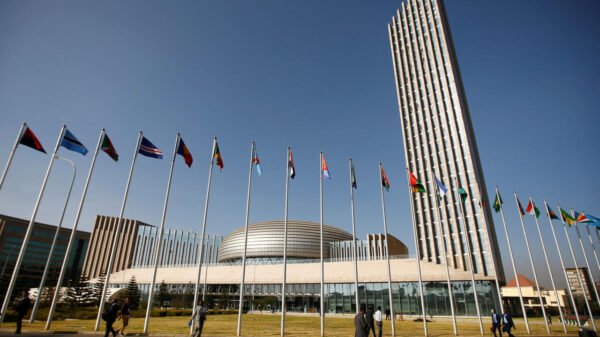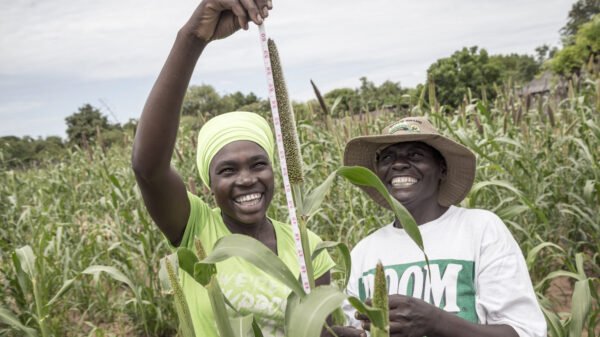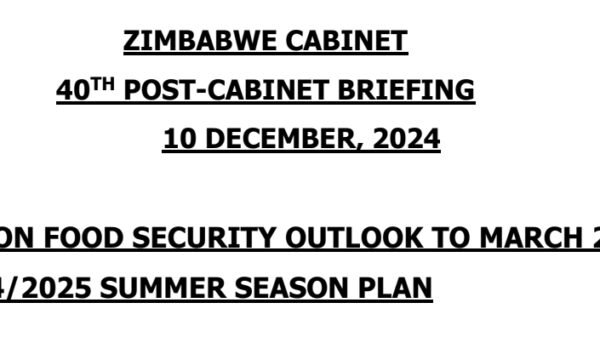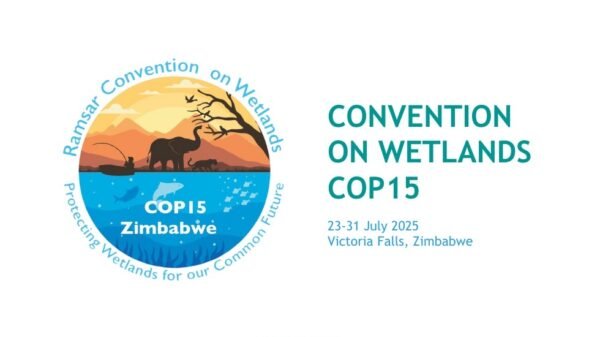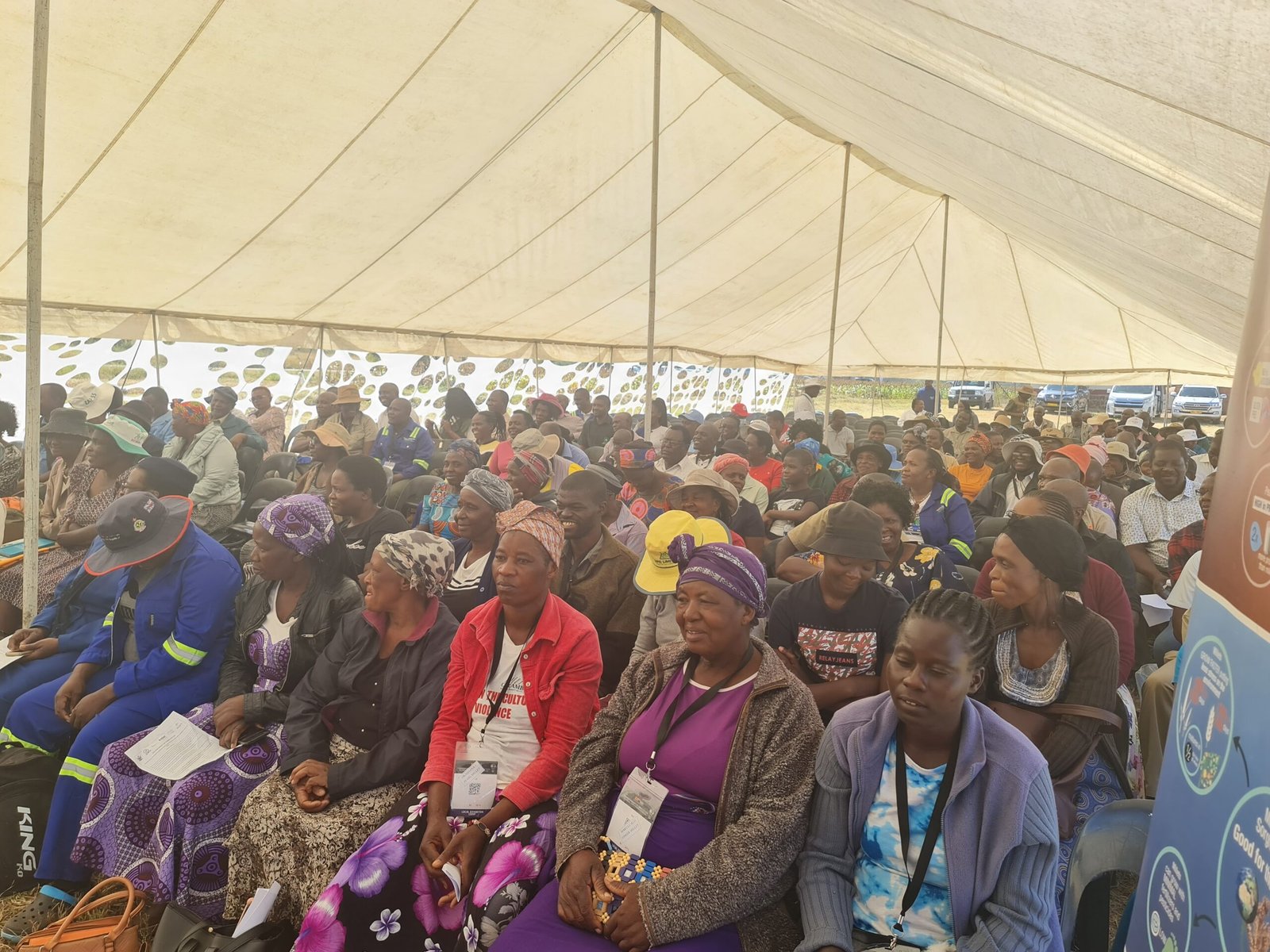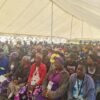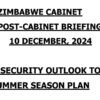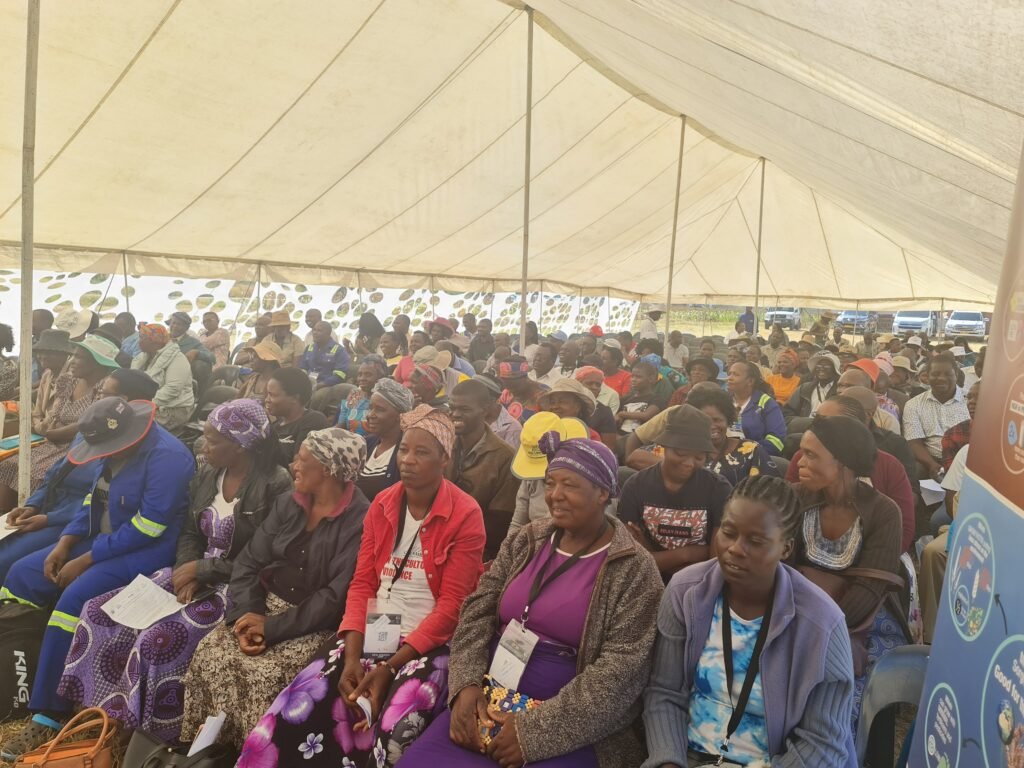
ZIMBABWE is in the grip of a devastating hunger crisis, described by the United Nations as the worst in more than 40 years.
While communities in many parts of the country need food aid, Matabeleland provinces — which suffer from food deficits even at the best of times — are the hardest hit this year.
The situation is so dire that the UN recently despatched a high-powered delegation on a fact-finding tour of Matabeleland South province.
On 2 August 2024, UN resident coordinator to Zimbabwe Edward Kallon, UN assistant secretary-general and climate crisis coordinator Reena Ghelani, and World Food Programme (WFP) assistant executive director Valerie Guarnieri spoke in Bulawayo after assessing the impact of El Niño in Matabeleland.
They also provided an update on current humanitarian efforts. The emerging picture was startling.
Current aid not enough
Locals in the drought-hit communities of Matabeleland have told Food For Thought that although the government is rolling out a programme to distribute 7.5 kilogrammes of maize to every vulnerable person per month, this quantum of aid is inadequate.
Villagers in Matobo, Hwange and Tsholotsho districts narrated their harrowing experiences to Food For Thought. Food supplies at household level are dwindling alarmingly while emaciated cattle are perishing in large numbers, leaving families stranded in a vicious cycle of poverty.
Distressed locals pleaded with the authorities to avert mass starvation by widening the humanitarian appeal and allowing foreign donors to directly come on board.
“The hunger is terrible this year. We urgently need help. Our granaries are empty, our cattle are perishing and the dams are dry. The food aid coming from the government is not enough. We need foreign organisations to come and help our communities before it’s too late,” said a Matobo villager, Lucky Moyo.
He said children, widows and the elderly are particularly vulnerable.
Many economically active locals have emigrated to South Africa in search of greener pastures.
“There are many child-headed families here. Some families rely on the elderly. The situation is heart-rending.”
Kallon said the UN has sent out a “flash appeal” in an effort to mobilise aid for hunger-stricken Zimbabweans. The UN hopes to raise US$429.3 million to assist 3.1 million people under the Zimbabwe Drought Flash Appeal.
“This is a crisis that is the first of its kind in 43 years…It’s a crisis that requires investment not
only in addressing the current relief requirement but also investing in medium and longer term development support that the government will need to be able to cope with the impact of climate change and El Niño in general,” Kallon said.
The situation in Matobo district in Matabeleland South province is a microcosm of the devastating extent of the hunger crisis.
Bulawayo mayor David Coltart recounted a recent experience.
The Presbyterian Church, where he fellowships, “sent two members into Matabeleland South to assess the drought and food situation”.
Coltart said their report “makes for devastating reading”.
He added: “It confirms what has been reported to me over the last few months.”
The Presbyterian Church’s fact-finding report said the hunger in Matabeleland is catastrophic, particularly in the Natisa area of
Matobo district which were visited by two church members, Phanuel Moyo and Di Charsley.
Coltart noted that “the situation in Natisa is typical of the catastrophic situation rural people are facing right across Matabeleland North and South provinces and indeed in many provinces throughout Zimbabwe. “However, I am advised that the situation is particularly bad in the two Matabeleland provinces because of the total crop failure, not experienced to the same degree elsewhere. I will of
course also be raising the critical water shortages faced by the City of Bulawayo itself.”
The Bulawayo mayor added: “This is an exceptionally serious situation and I implore the international community to redouble its efforts to ensure that there is not widespread starvation in the rural areas and to assist the City of Bulawayo do the work needed to avert our city of over 800 000 people running out of raw water.”
Anatomy of hunger: Full report
“Situation Report: Drought Crisis in Natisa, Matabeleland South, ZimbabweLocation: Natisa, Matopo Matabeleland South, Zimbabwe.
Overview
The community of Natisa is experiencing an unprecedented drought, severely impacting food security and livelihoods. The villagers say it is the worst drought in living memory. The El Niño phenomenon has led to a total failure of all crops, including small grains, leaving families without essential food sources.
On the 27th of July , we visited the Natisa Presbyterian Church in the Matopo area after a call for help from Pastor Ndumiso. His accounts during a Mercy Ministry meeting highlighted the dire situation in both Gulati and Natisa, prompting us to witness the conditions first-hand. During our visit, we distributed a tonne of mealie meal to church members from three local wards, providing immediate relief to families in need.
Current Situation
1. Agricultural Impact:
• Total Crop Failure: This year, all crops, including small grains and sweet potatoes, have failed due to extreme drought conditions. The community’s reliance on rain-fed agriculture has proven disastrous. In the last season those with donkeys prepared
their land at the beginning of the season; it germinated and then a month later it had died, those without draught animals never got to prepare their land since there was not enough rain to soften the soil.
• Non-existent Kitchen Gardens: kitchen gardens, which typically provide vital vegetables for household consumption, have completely vanished this year due to lack of water. Normally they grow enough for their meals and sell surplus vegetables.
2. Livestock Conditions:
• Normally, families would resort to selling livestock to support themselves during drought years. However, this year, the animals are too thin to sell, leaving families without viable options to generate income or food. If there are no rains in time the cattle, their wealth, will die.
3. Food Security:
• Families are facing severe food shortages, with many relying on just one meal per day. Mealsoften consist of sadza served with salt, lacking essential nutrients.
• Those who need to take medication with food are finding this difficult.
4. Water Sources:
• Water sources are rapidly depleting, further compounding the crisis. Families struggle to find clean drinking water, raising concerns about health and sanitation.
• Without rain by October, there is a real fear that all water sources will completely dry up. The villagers will have to walk 6-7 km just to find drinking water.
5. Government Response:
• The government is attempting to mitigate the effects of the drought by providing rations primarily to elderly individuals. However, villagers feel that these efforts are minimal, with reports indicating that out of 223 homes, only 10 benefitted from the assistance. This has led to widespread disappointment and frustration within the community.
6. Impact on Families
• Grandparents as Caregivers: Many children are being cared for by their grandparents, as their parents have migrated to neighbouring countries in search of better opportunities. This has placed additional burdens on elderly caregivers, who are often themselves facing food insecurity and health issues. One elderly woman commented that children go looking for a better life in South Africa but only bring
babies back.
• School Attendance: Children are trekking 4-5 kilometres to reach government schools, often on empty stomachs. This has led to increased absenteeism as some children search for wild fruits. Those who attend classes have poor concentration.
• Health Risks: The search for wild fruits exposes children to dangers, including encounters with snakes and injuries from falls, putting their safety at serious risk.
7. Impact on the church
– the church normally relies on tithes from the congregants to help the poor in the area. Now giving has reduced drastically. The pastor also said that sermons are not listened to since those at church are preoccupied with their problems.
Community Concerns
• Future Outlook: The community is alarmed at the prospect of continued drought. Without a change in weather patterns, malnutrition and
health issues are likely to escalate.
Recommendations
1. Emergency Food Assistance: Implement food distribution programs to ensure families receive essential nutrition.
Conclusion
The drought in Natisa represents a critical emergency that requires immediate intervention.”
Report compiled for the Presbyterian Church by Phanuel Moyo and Di Charsley.

